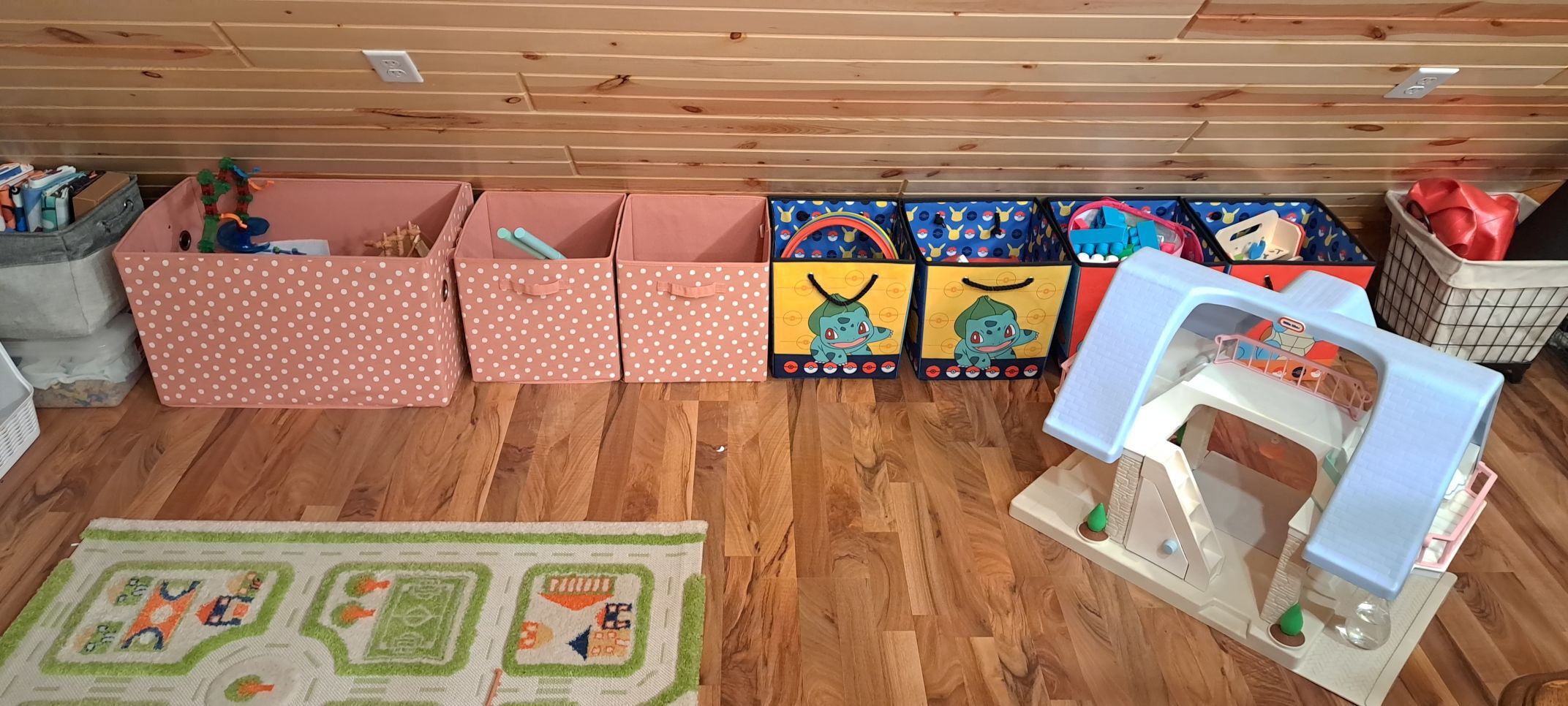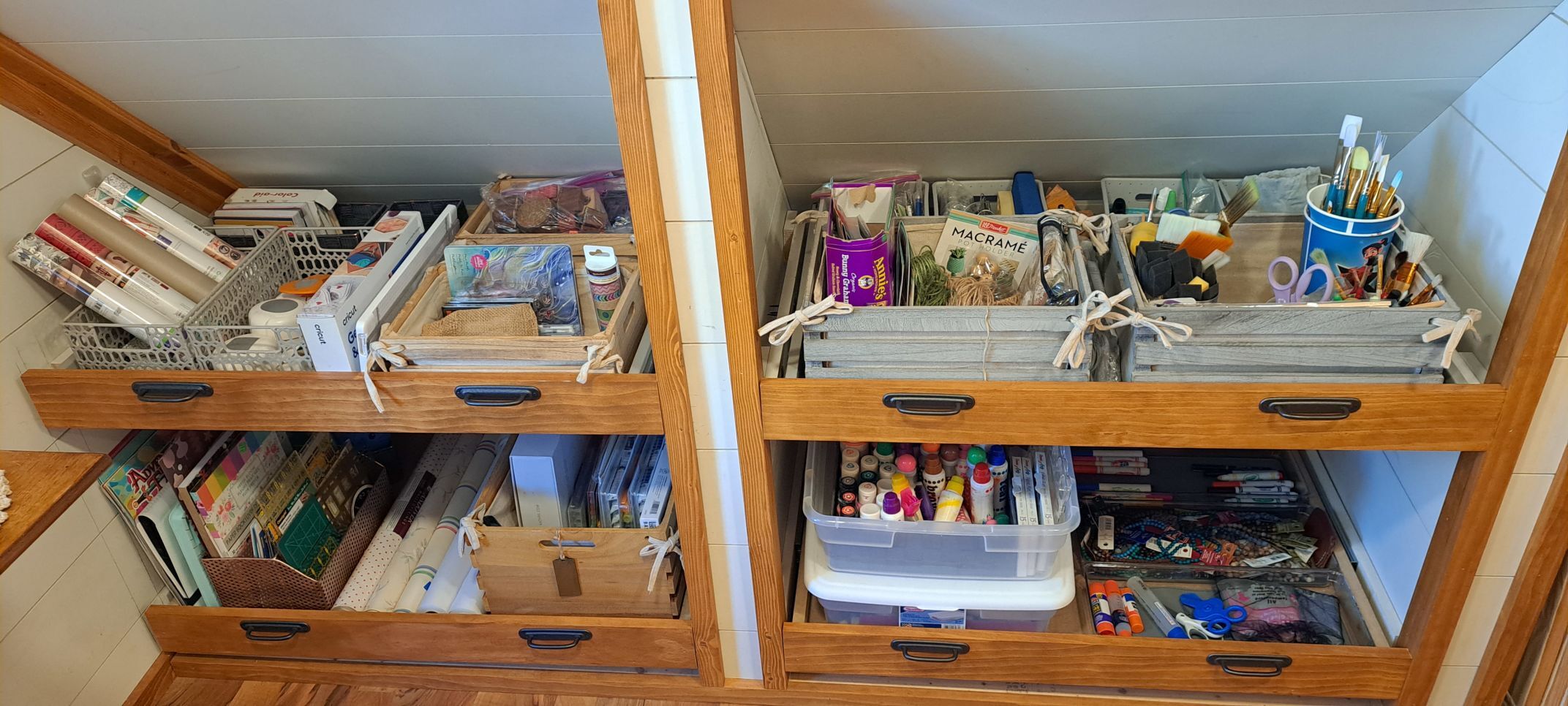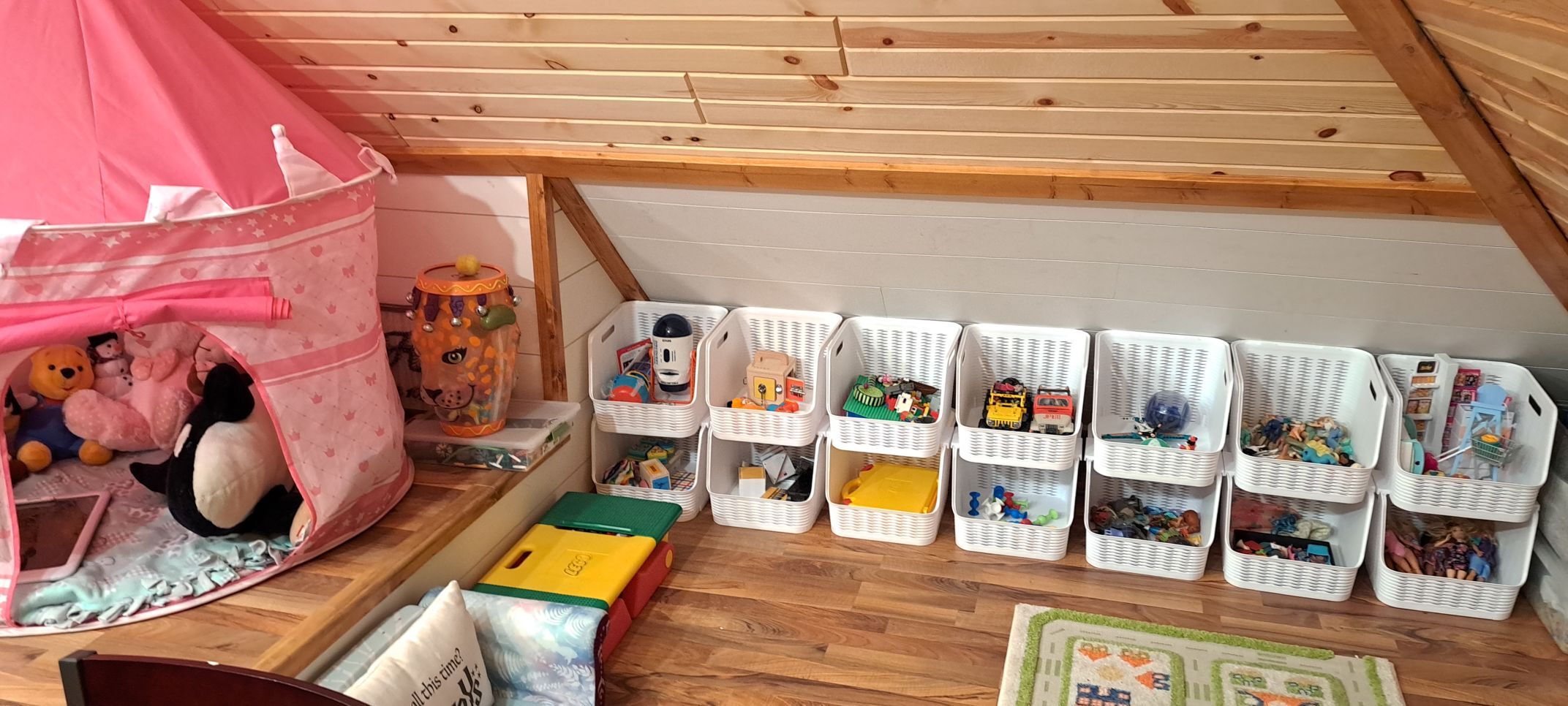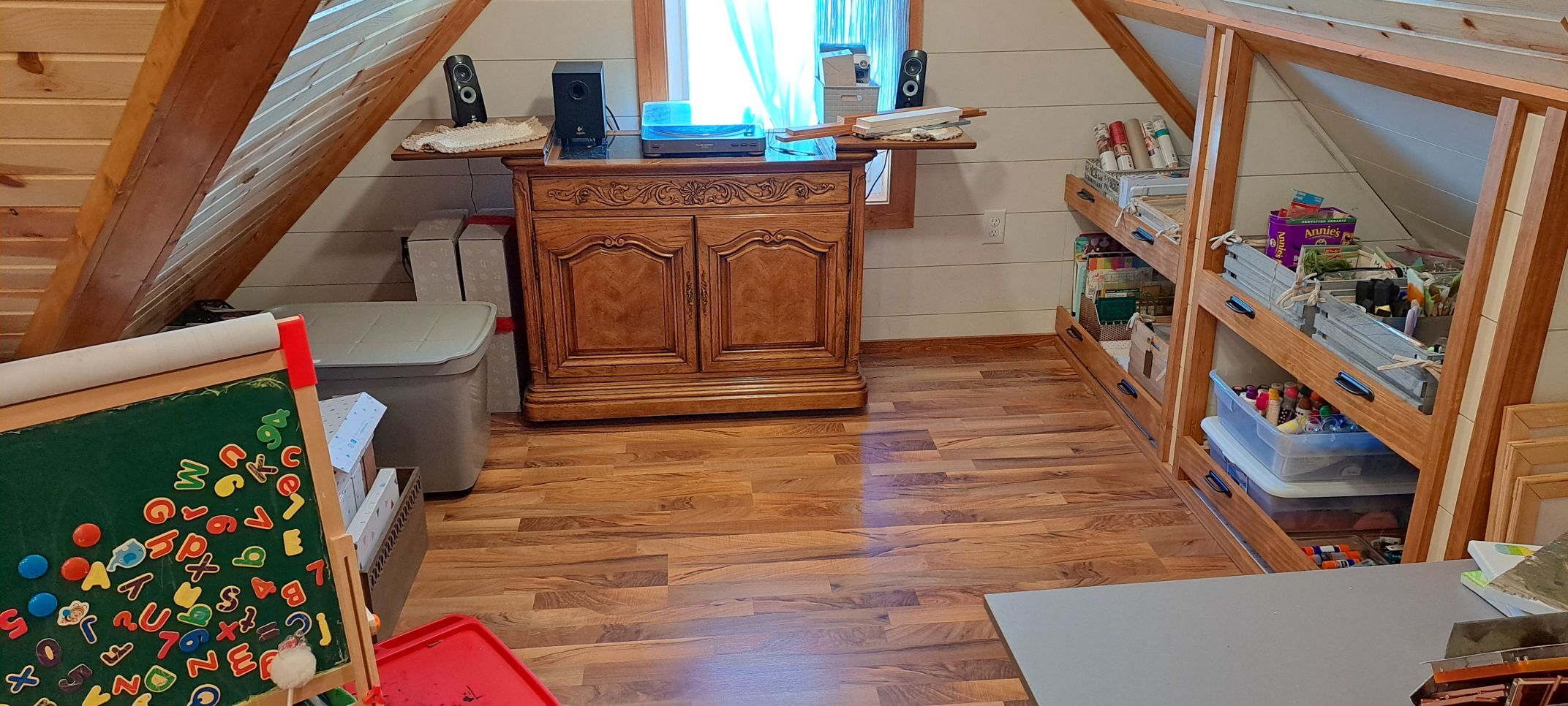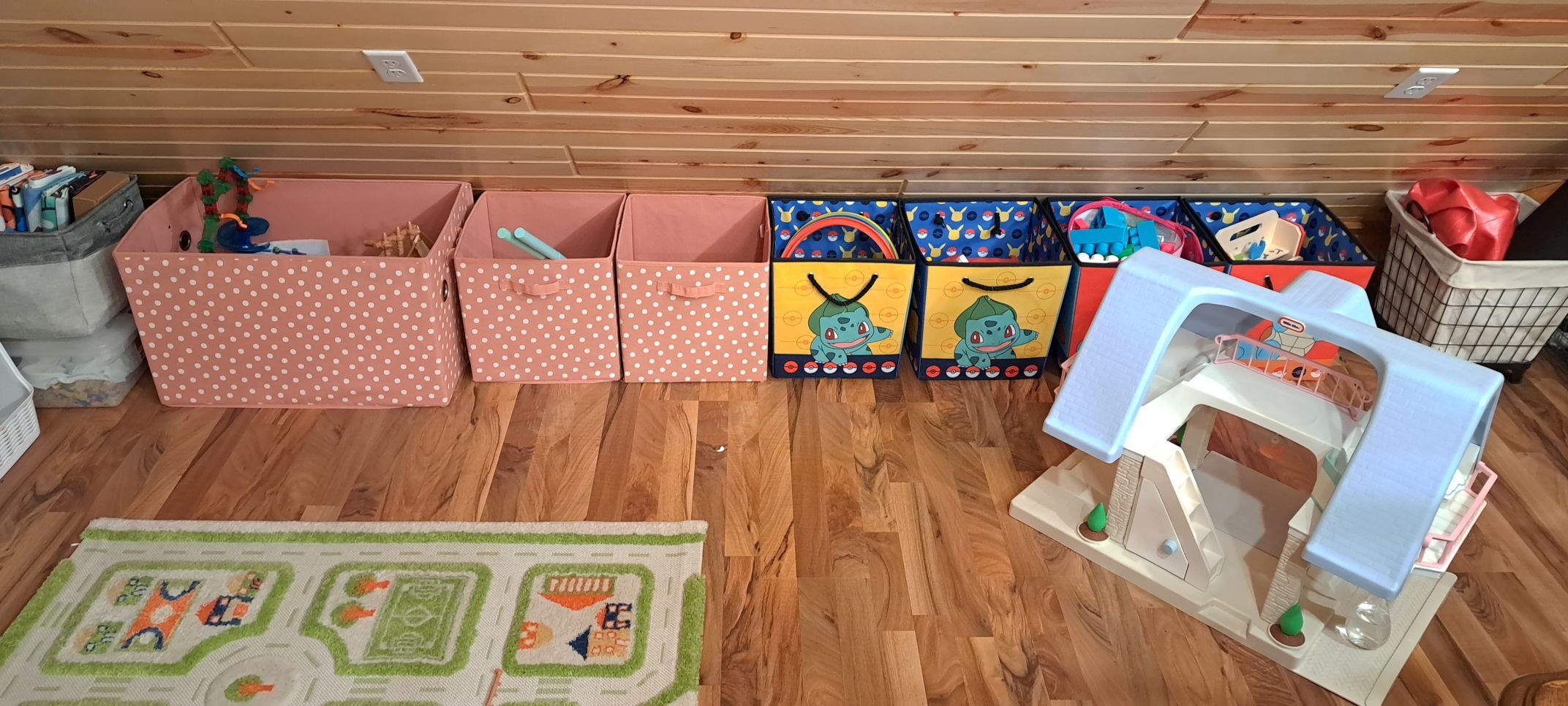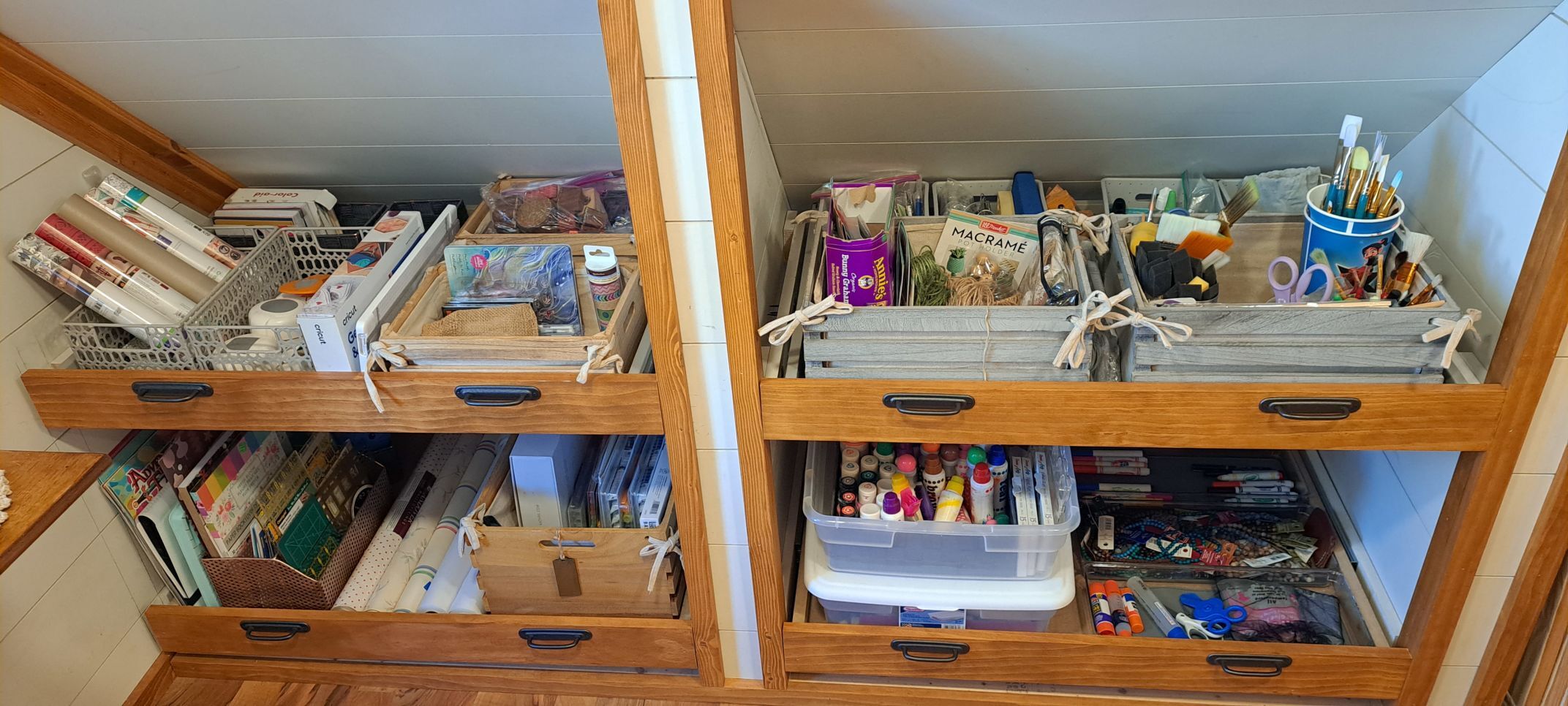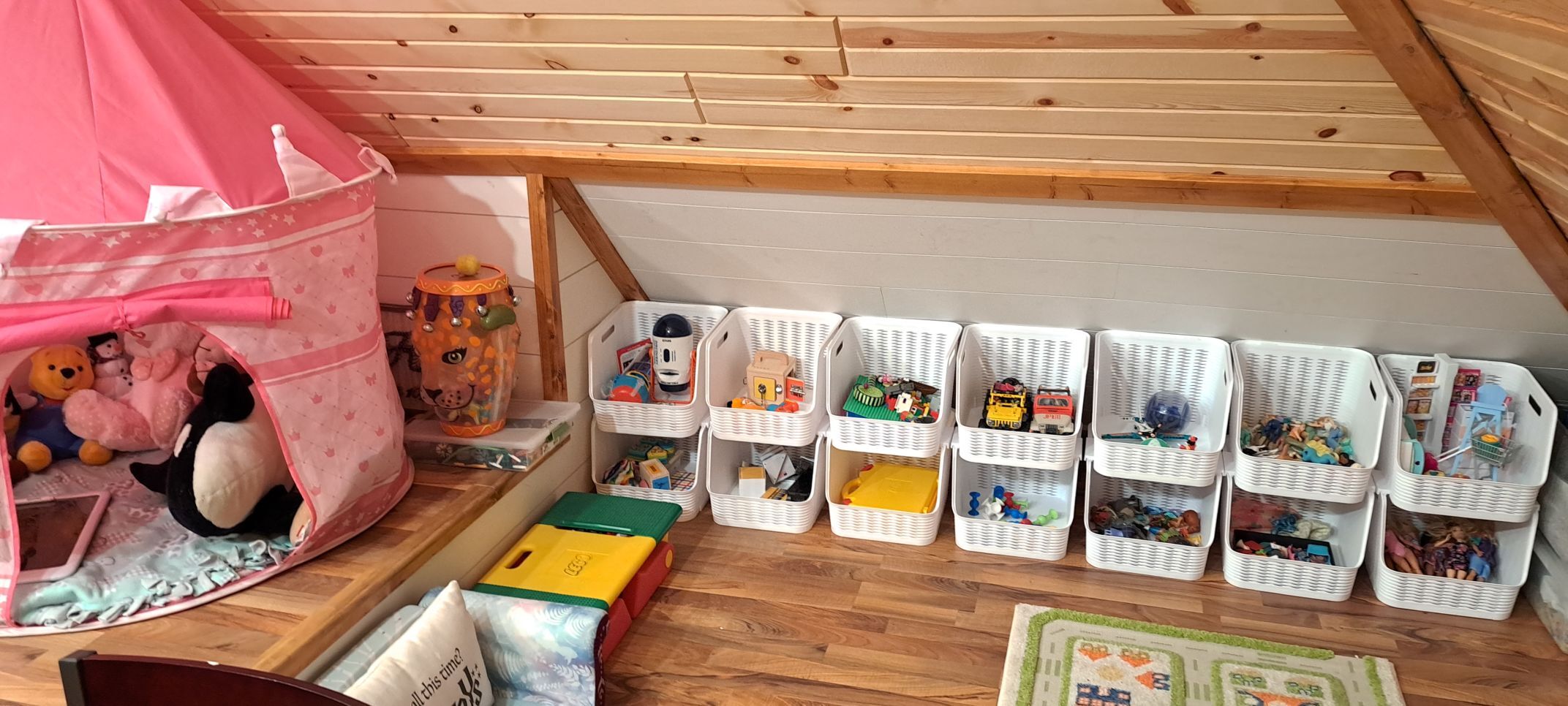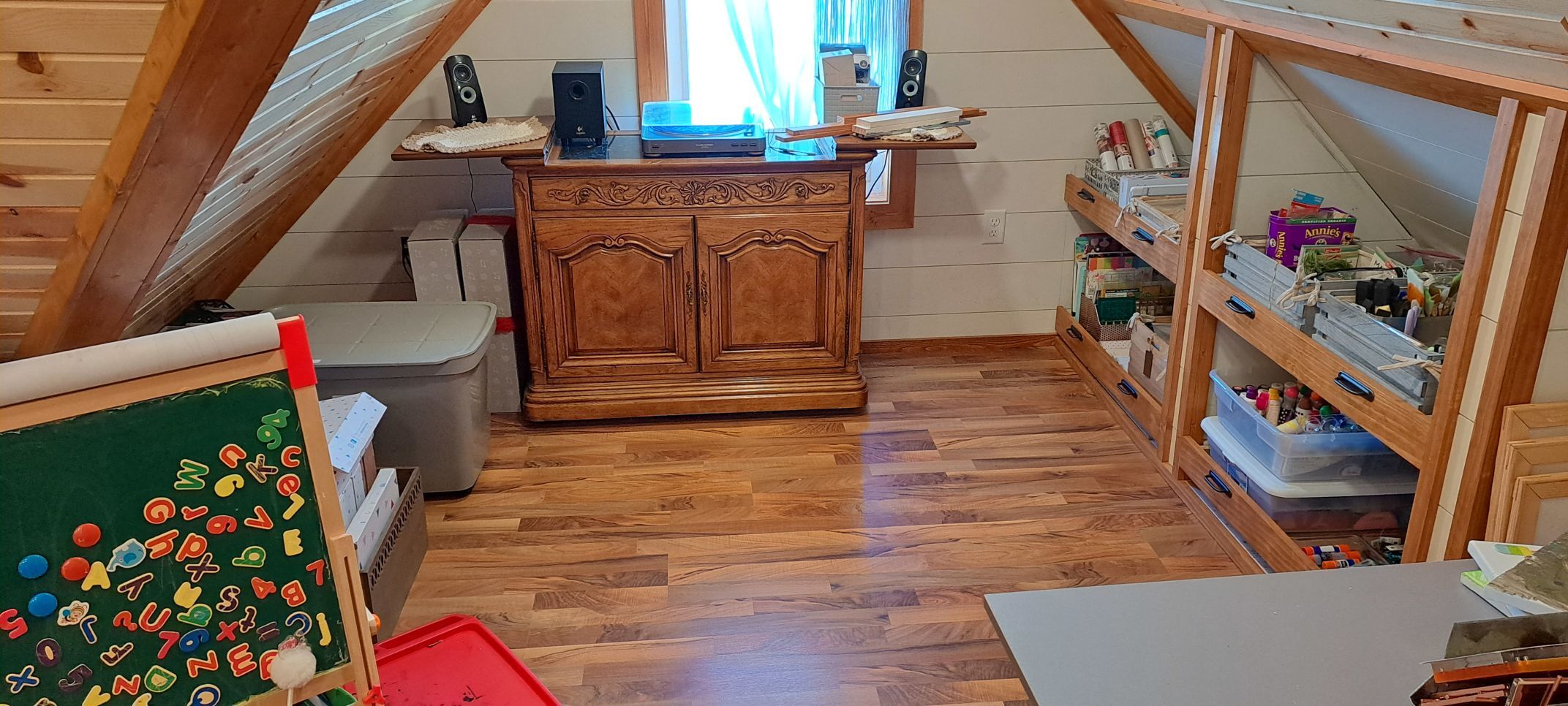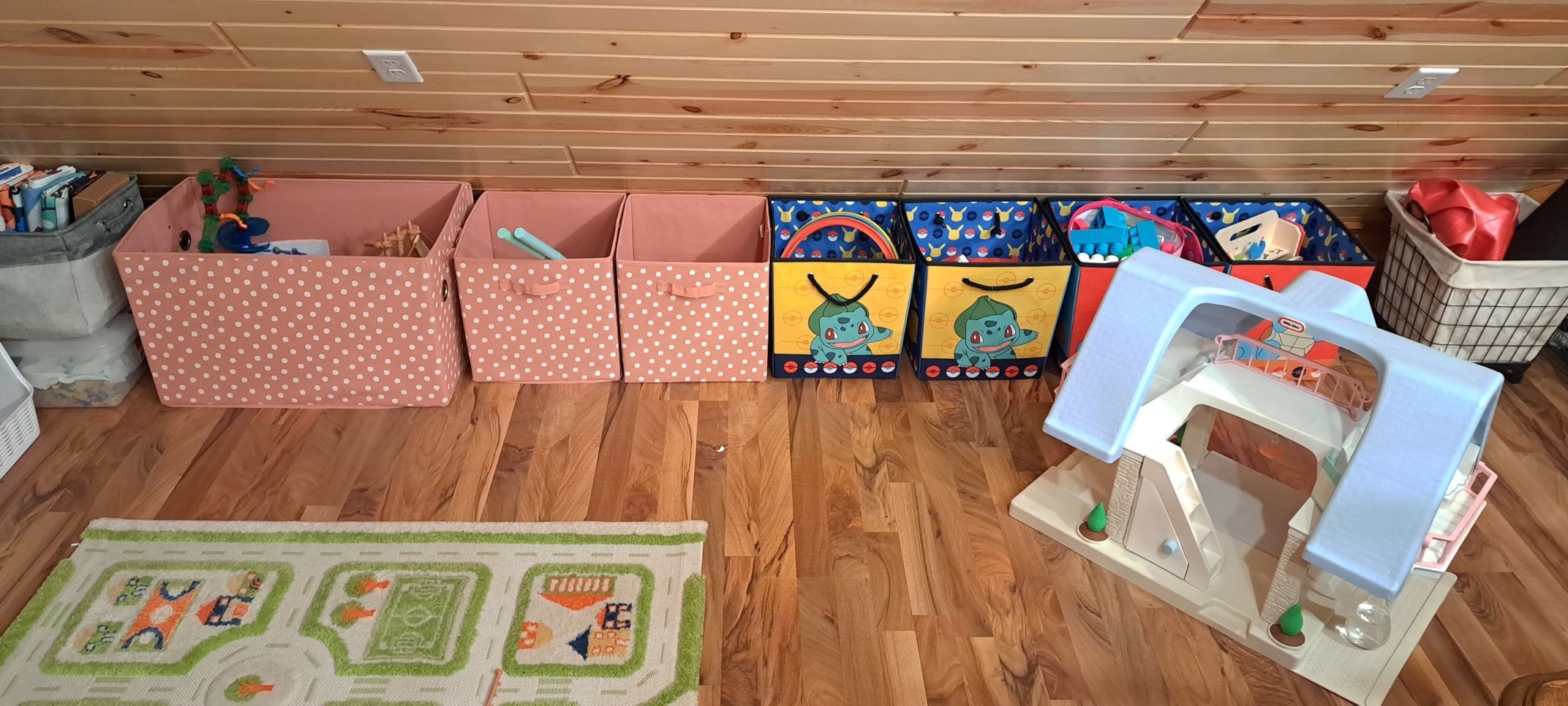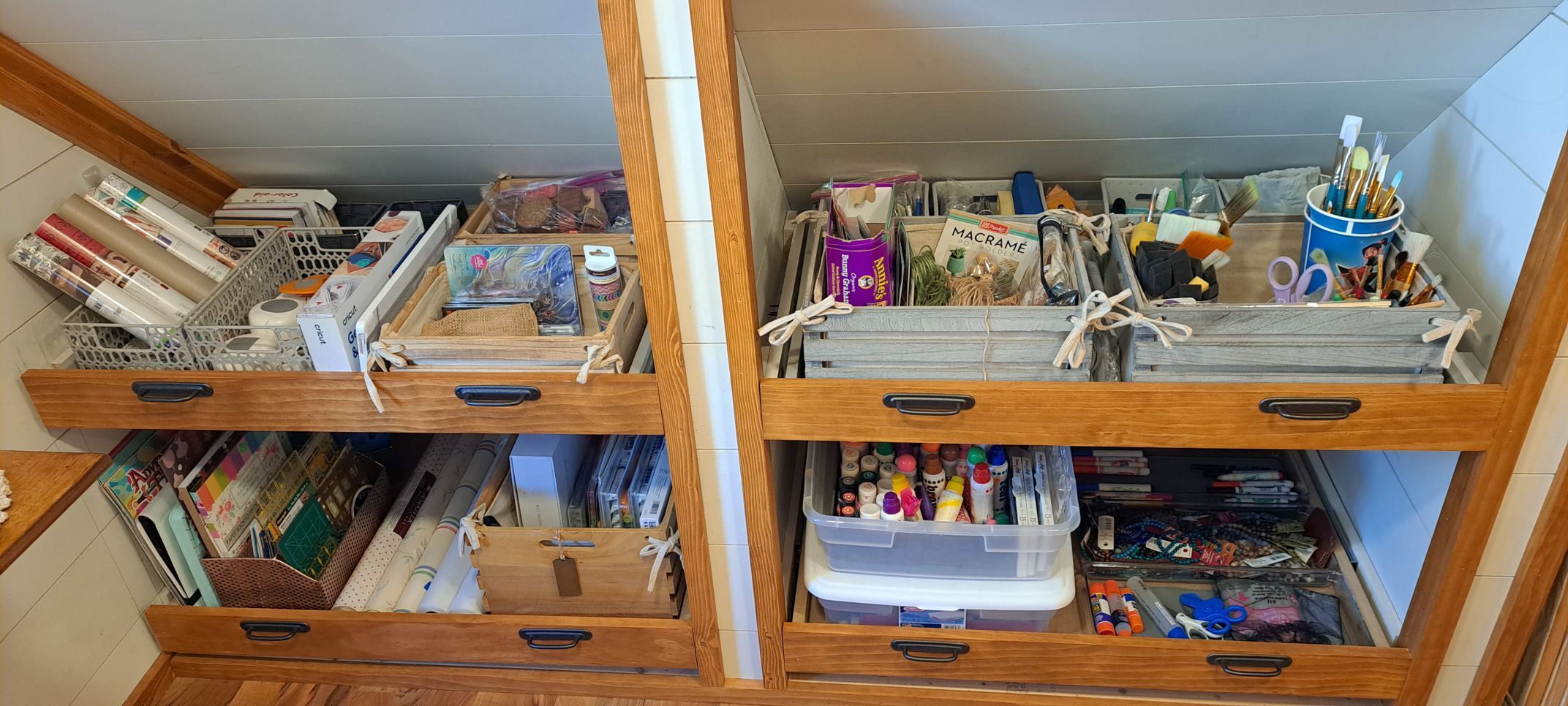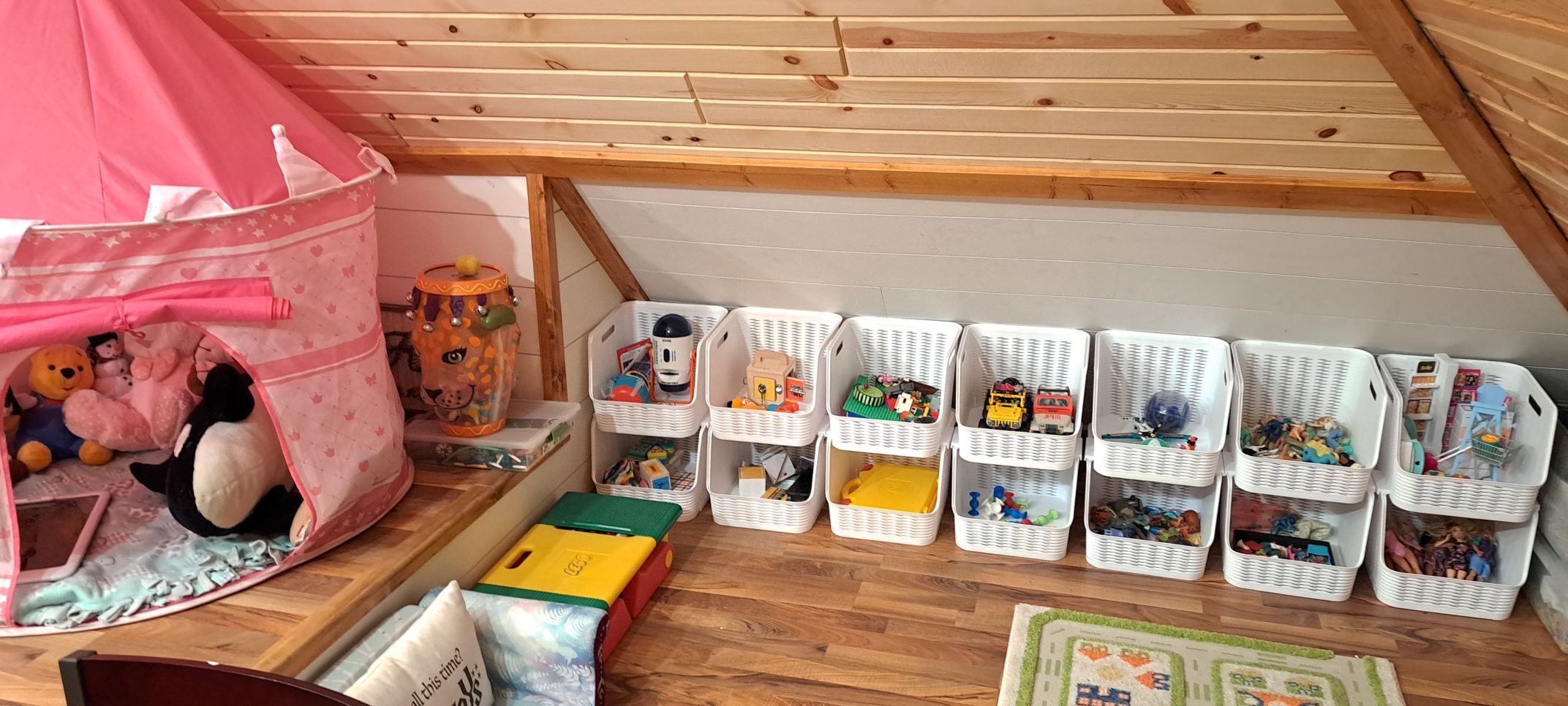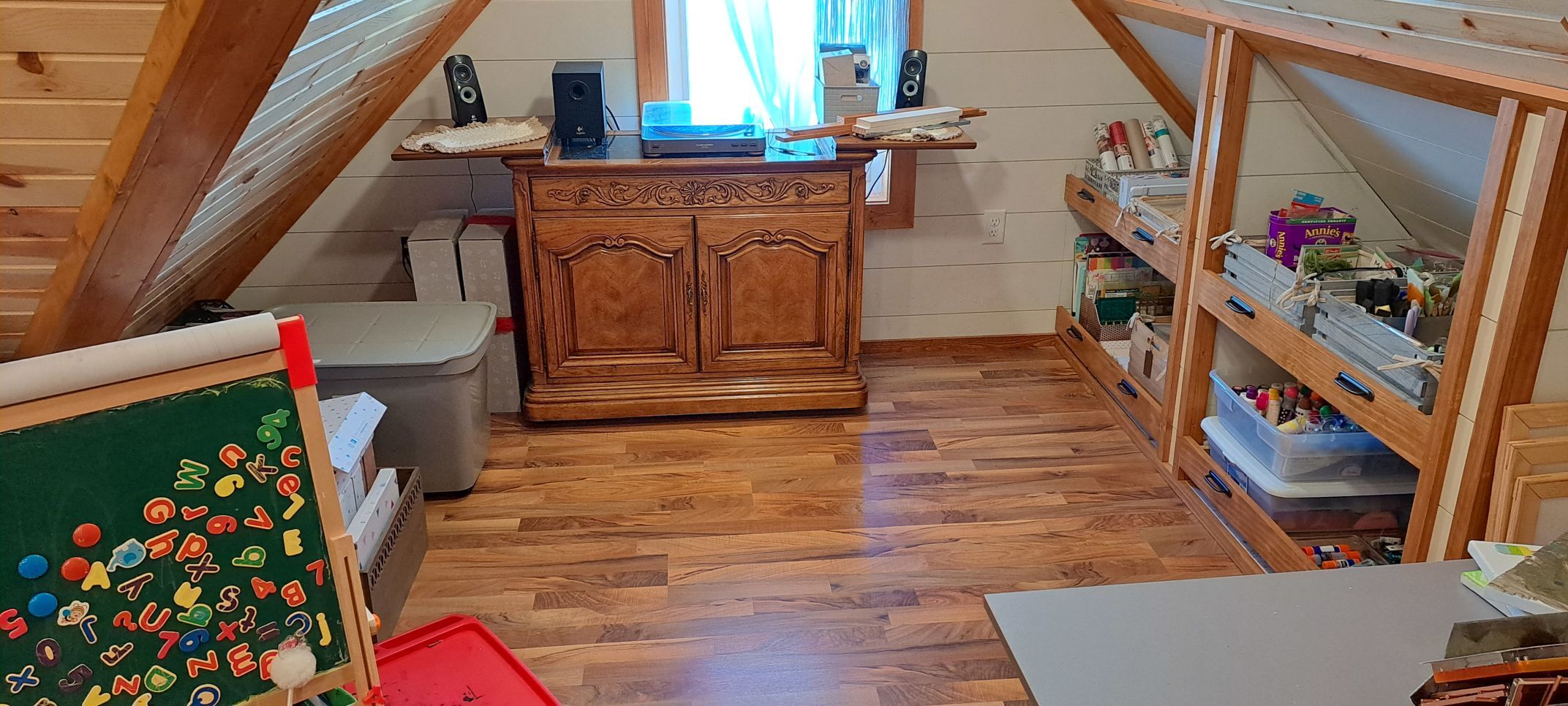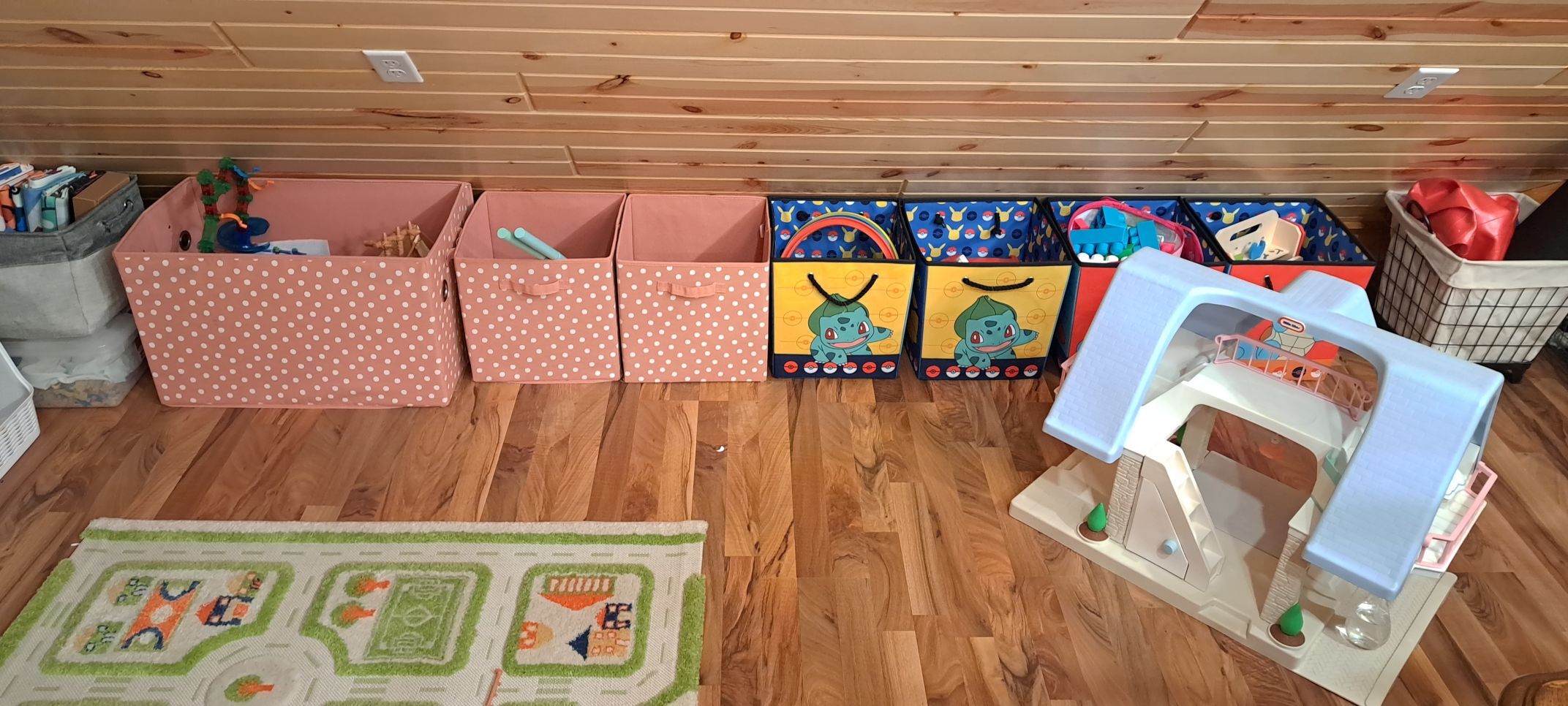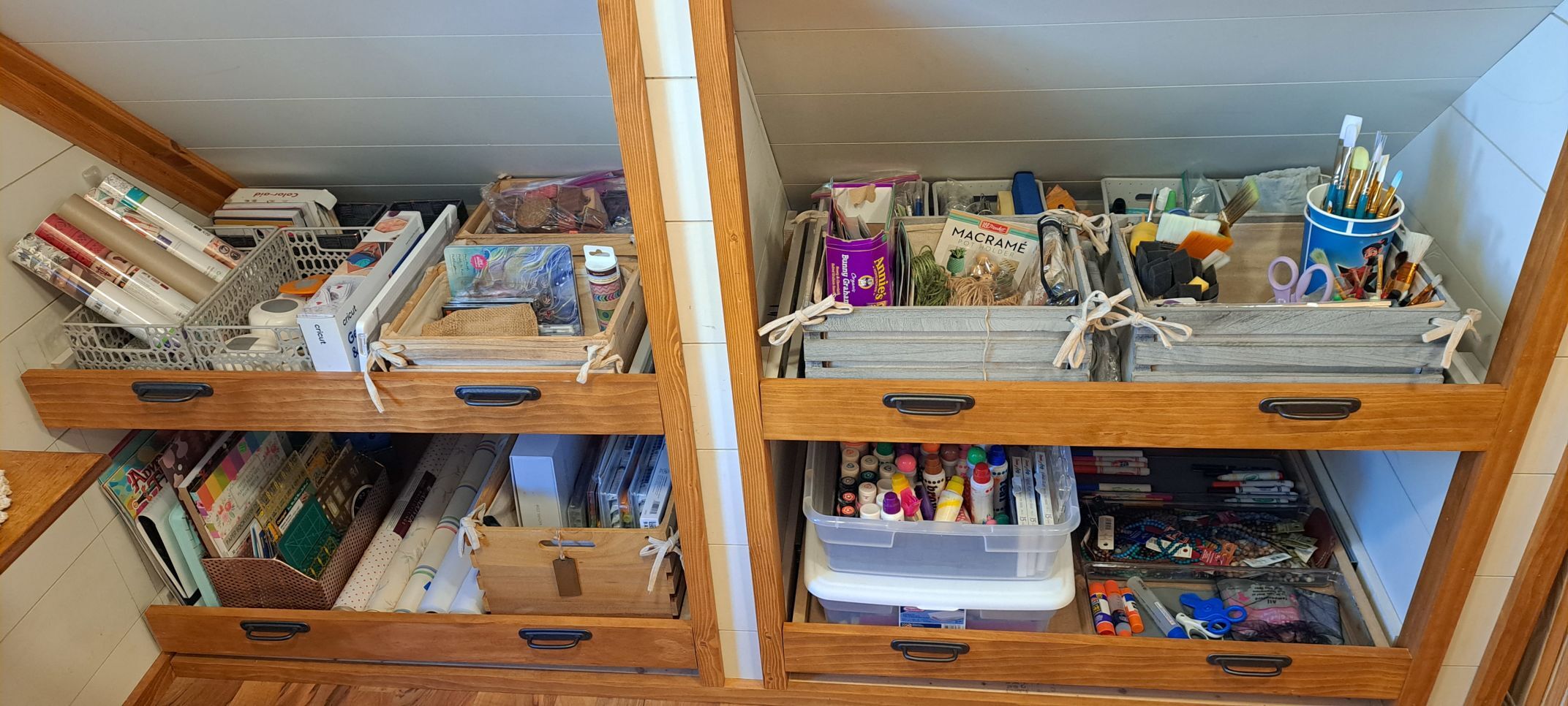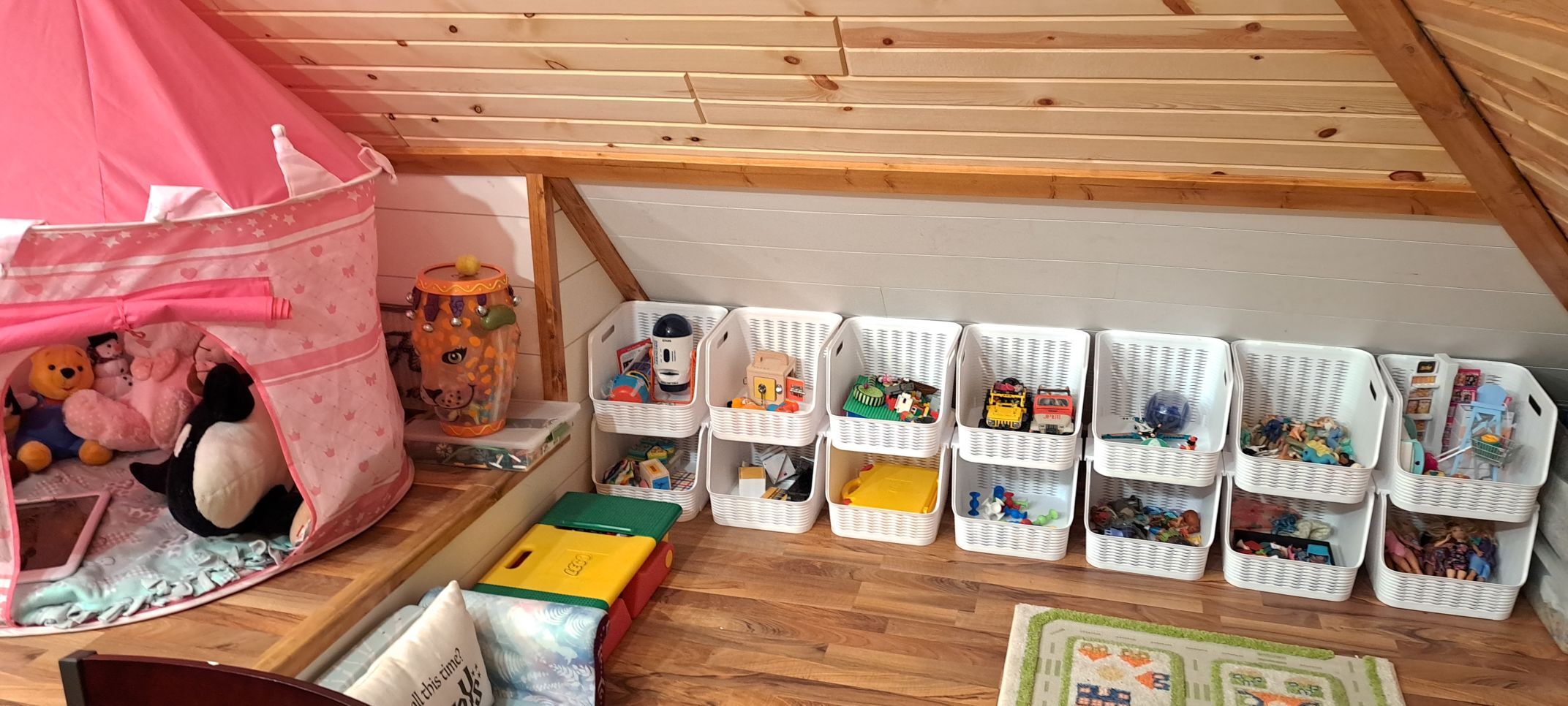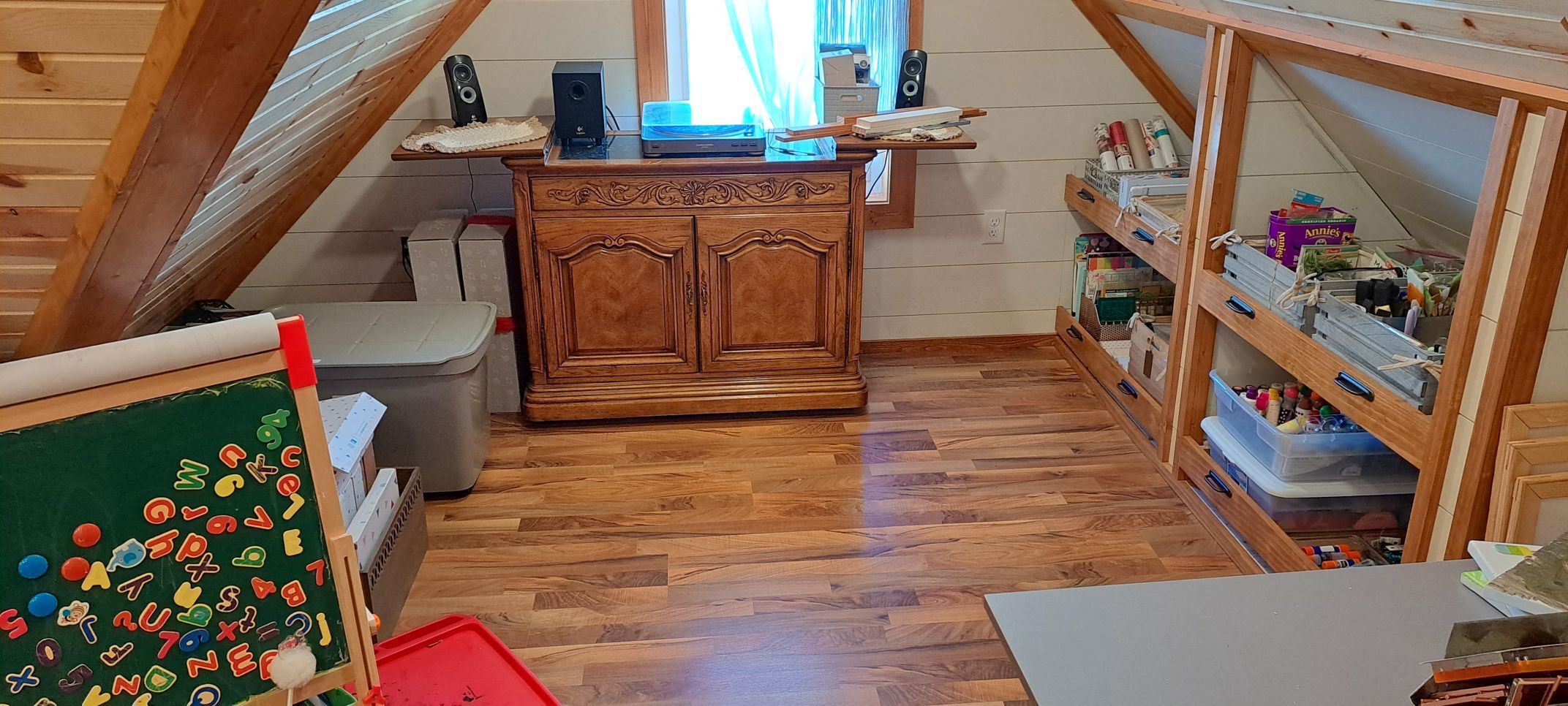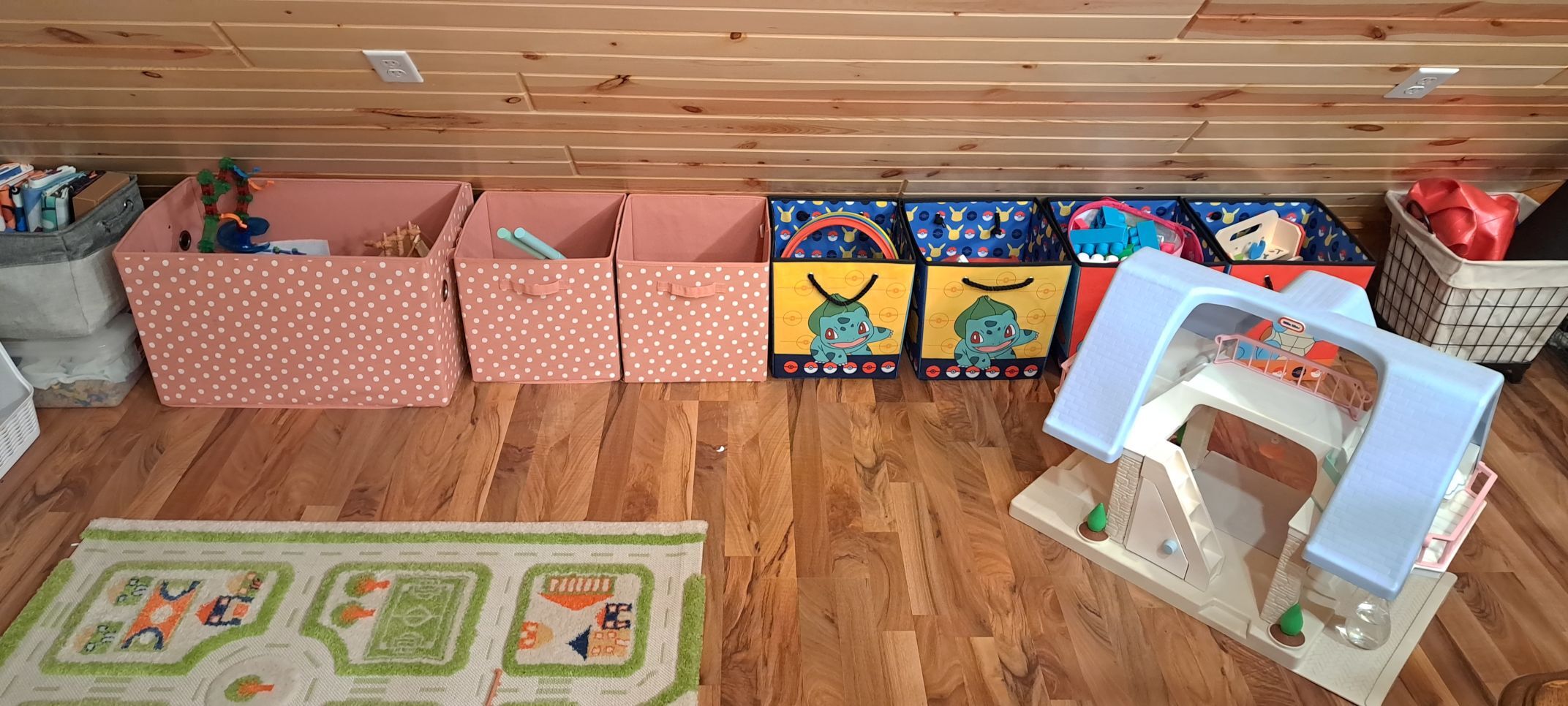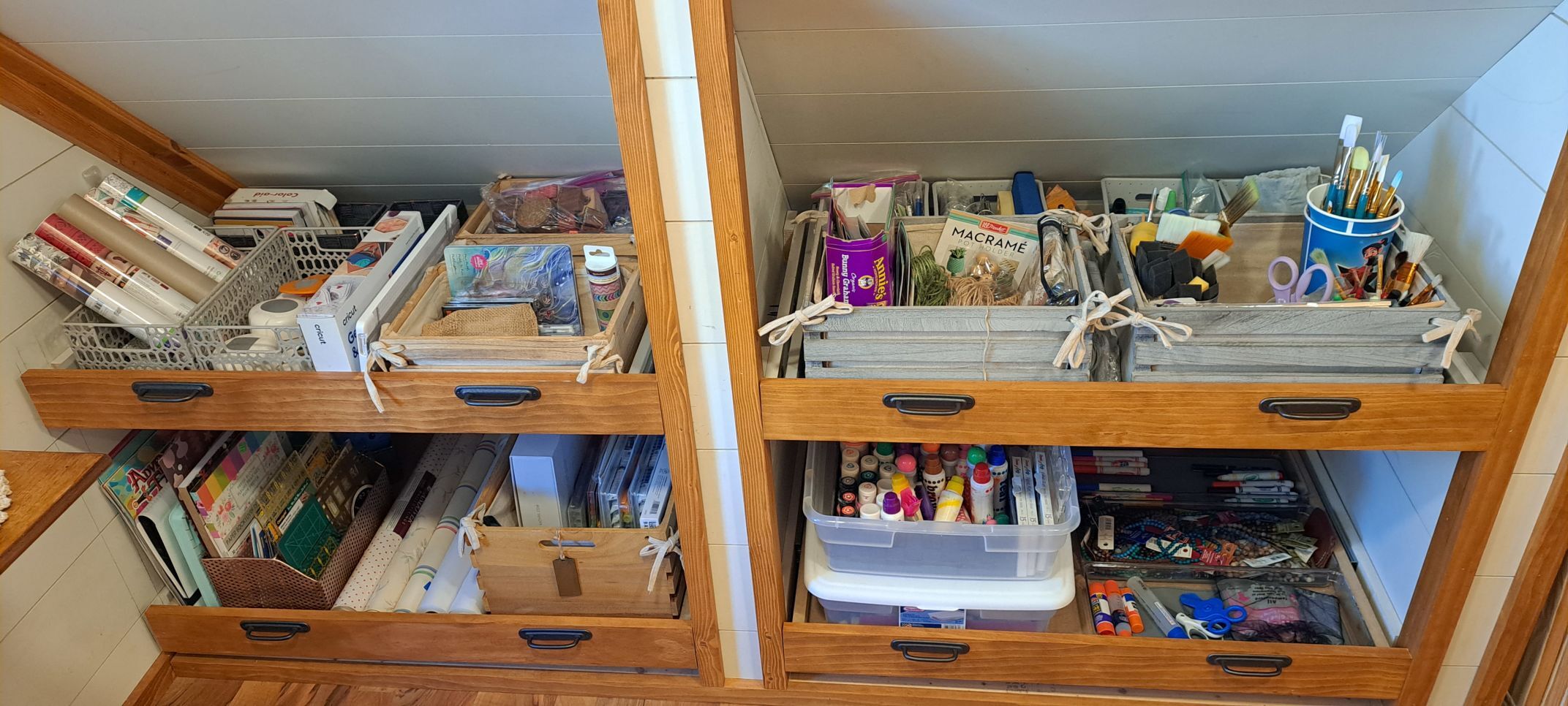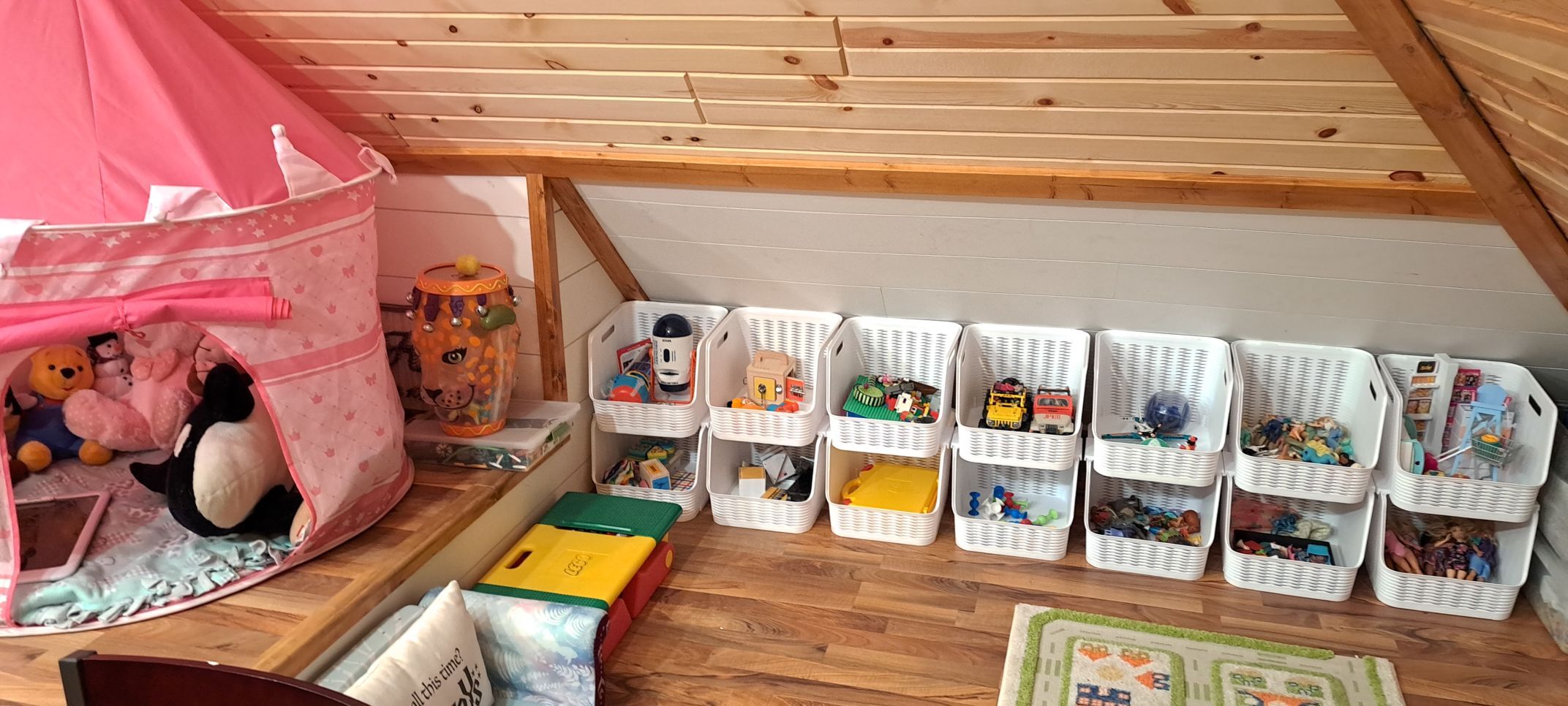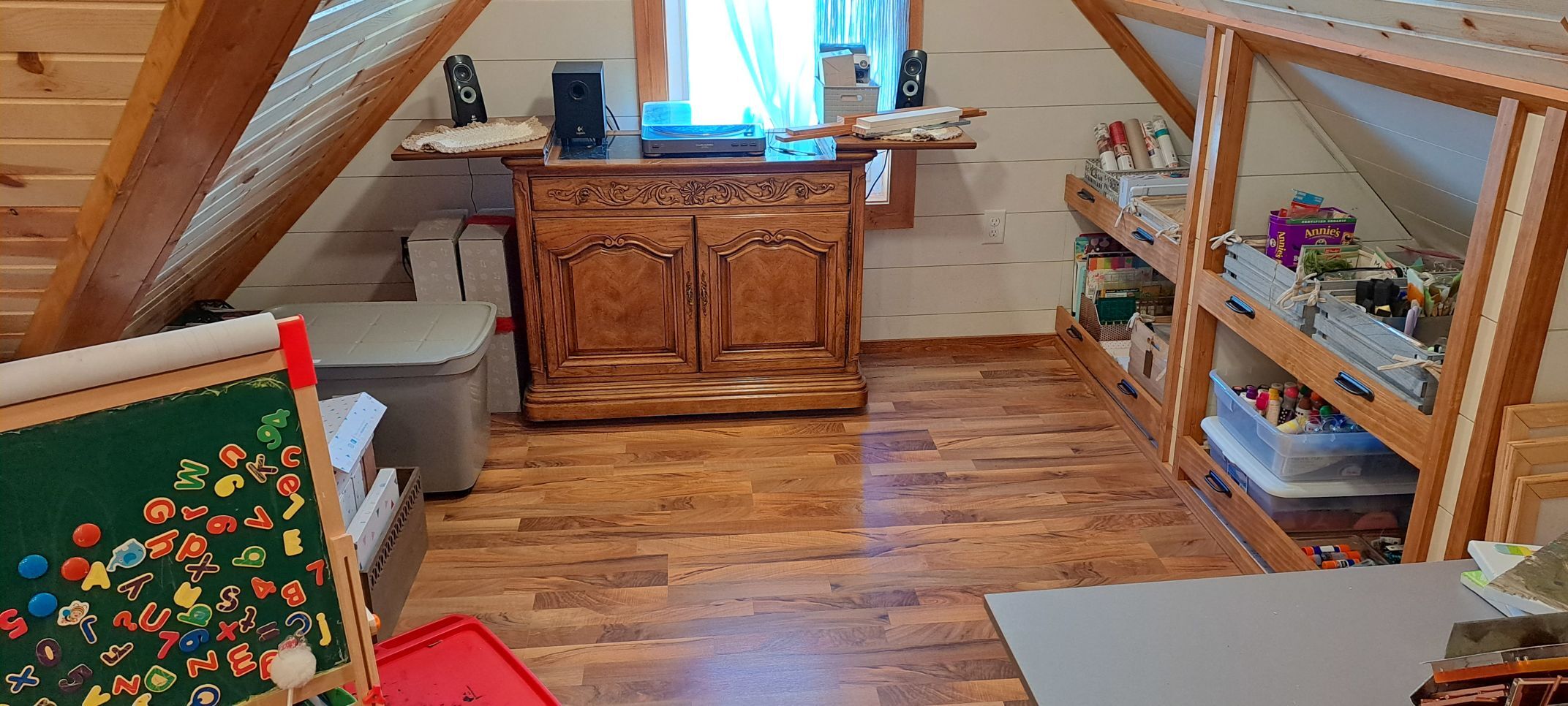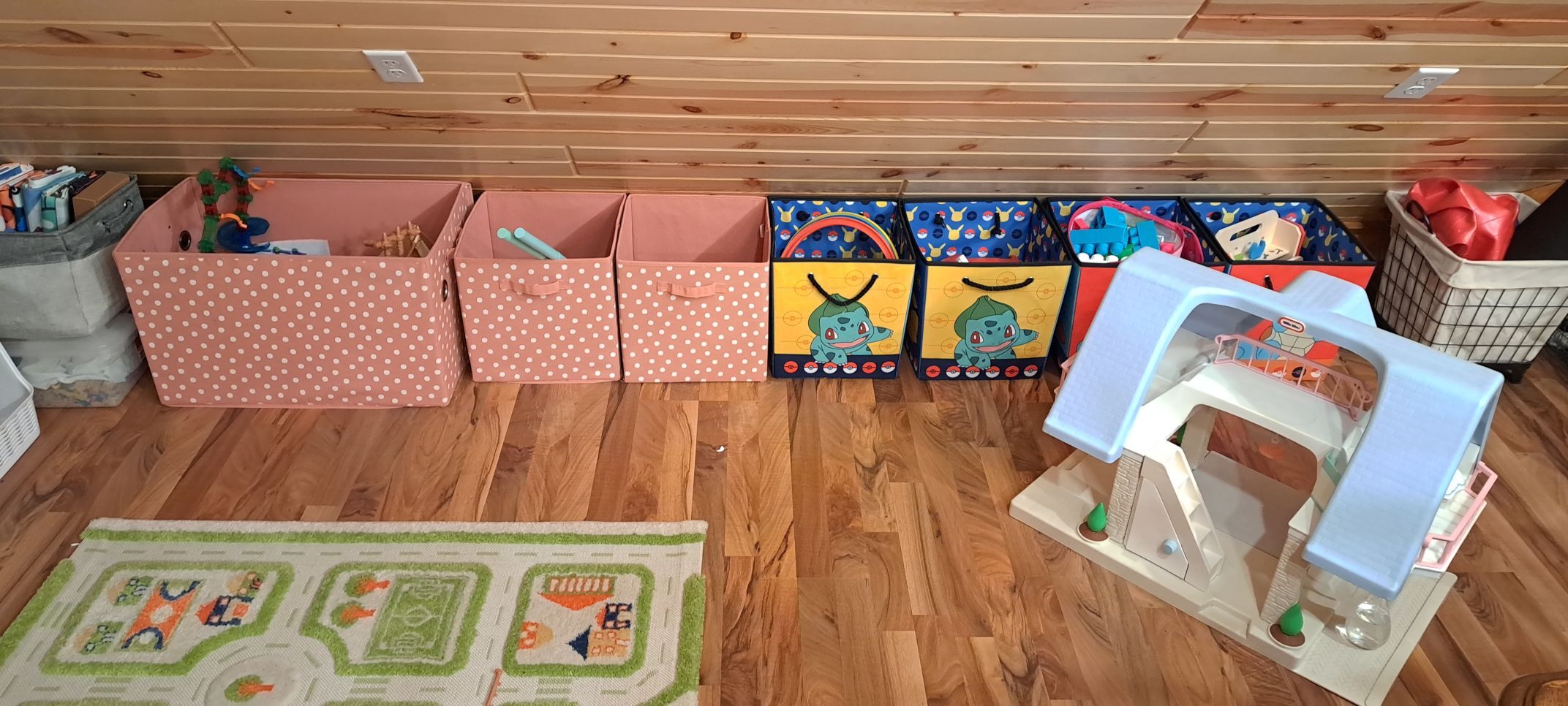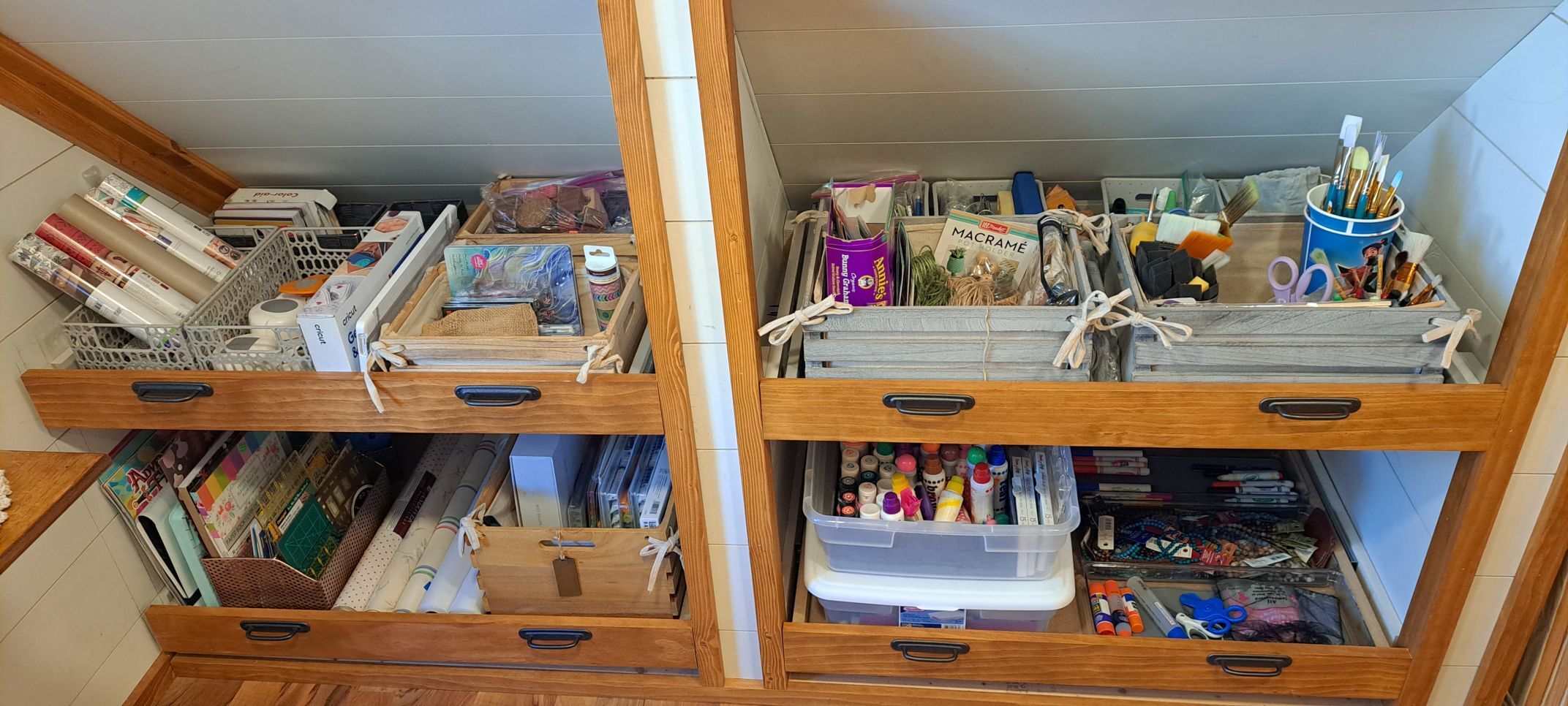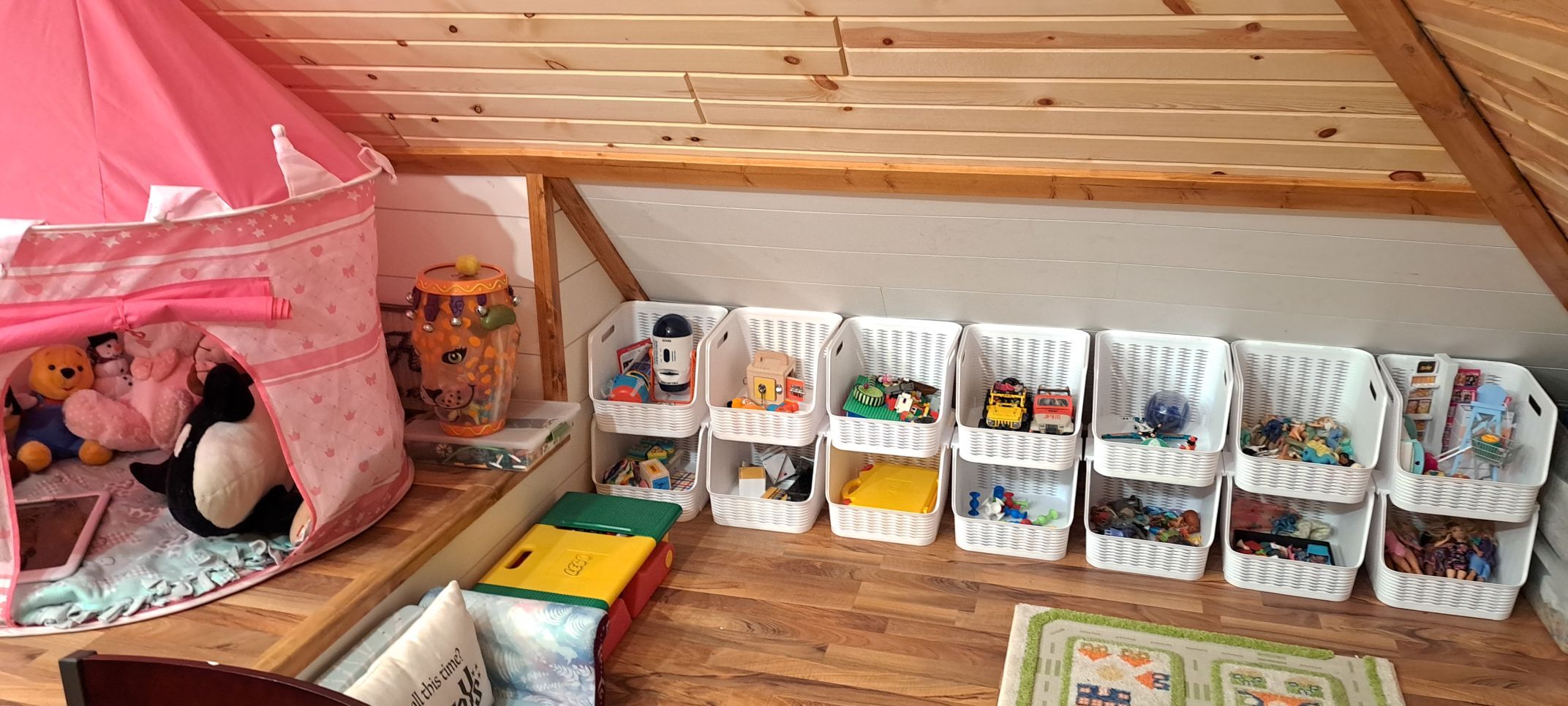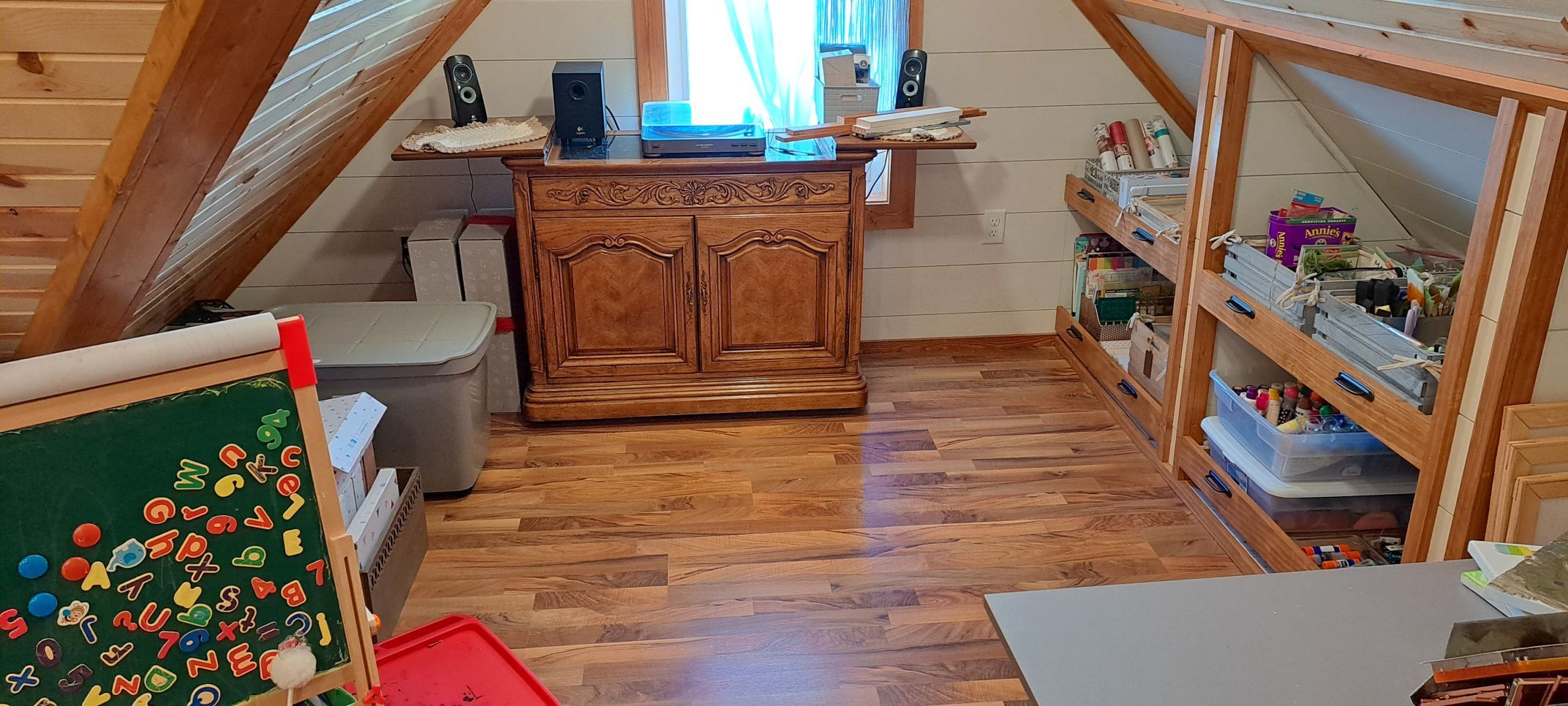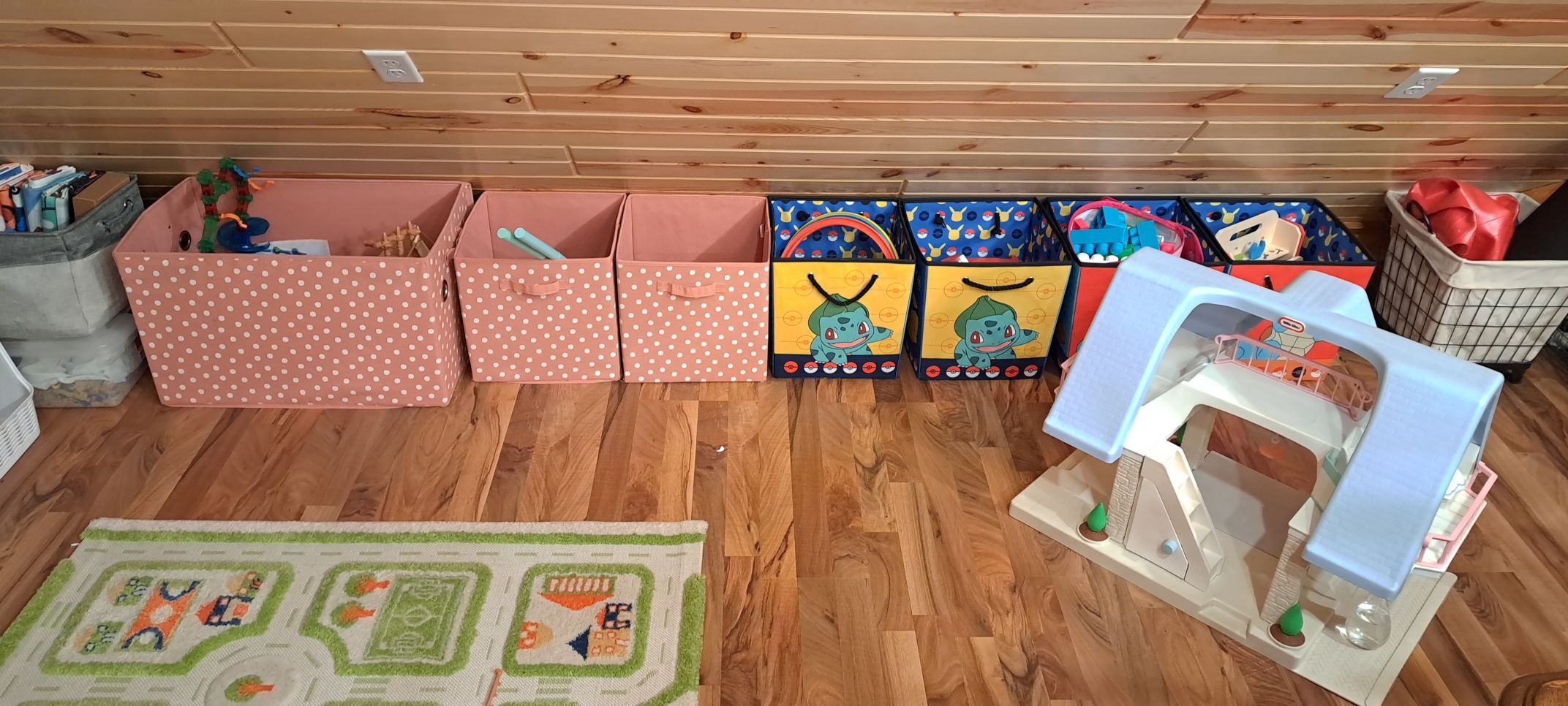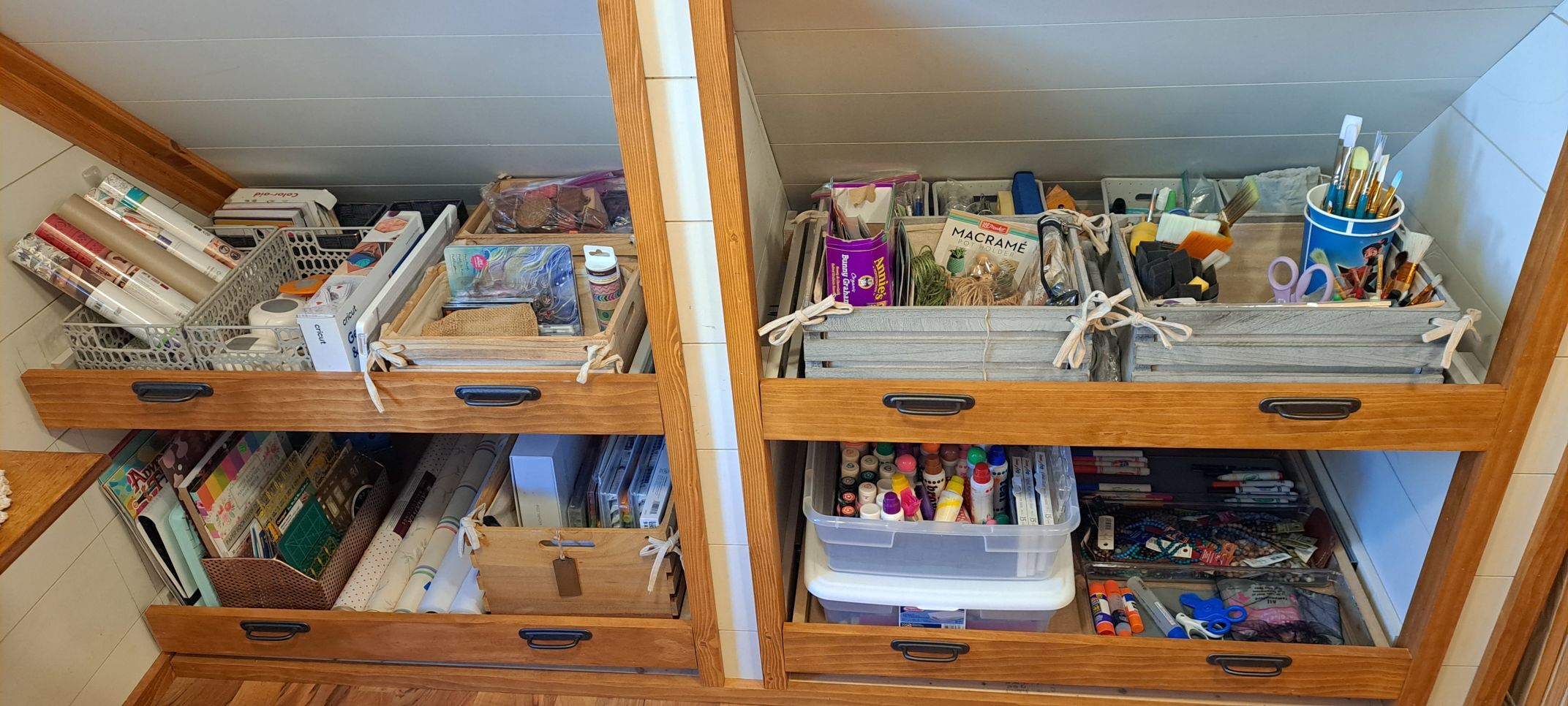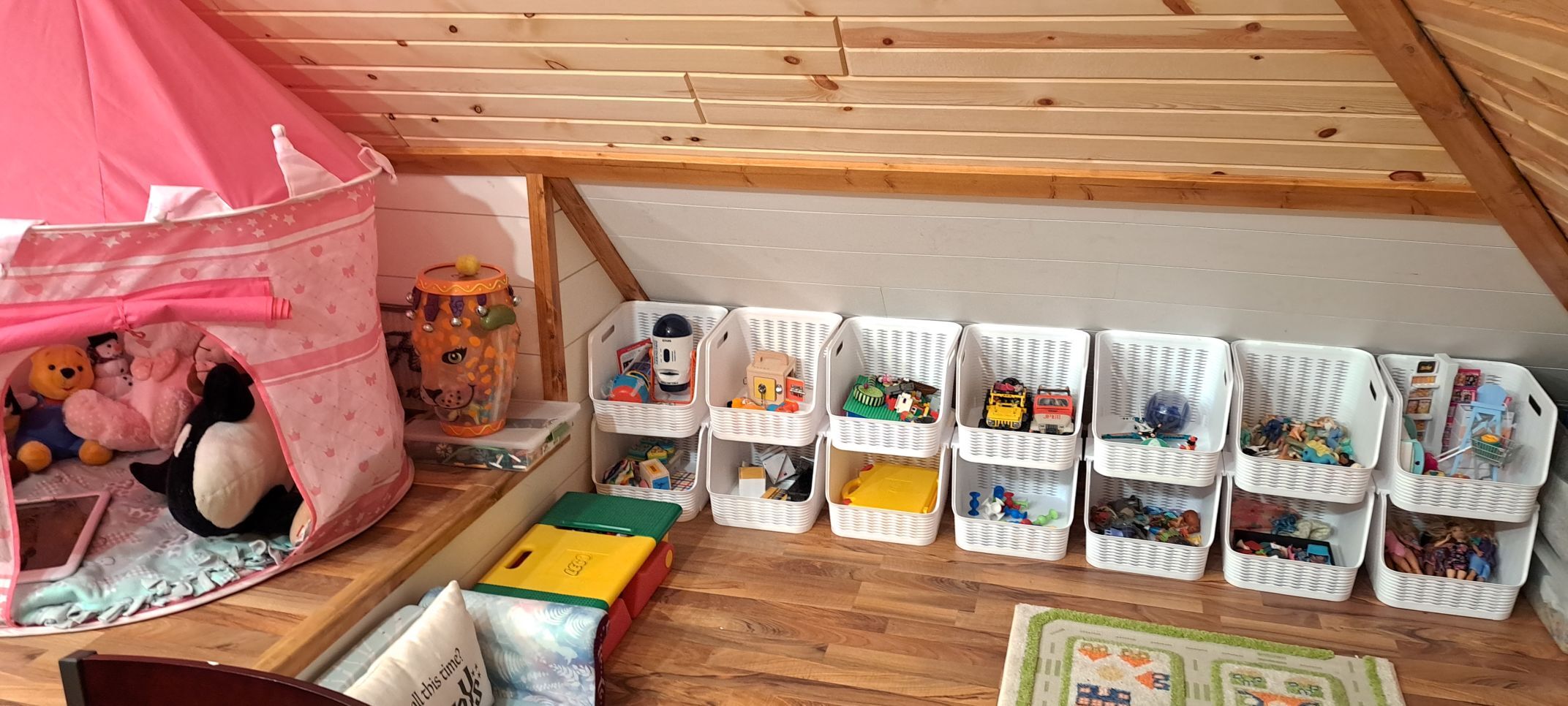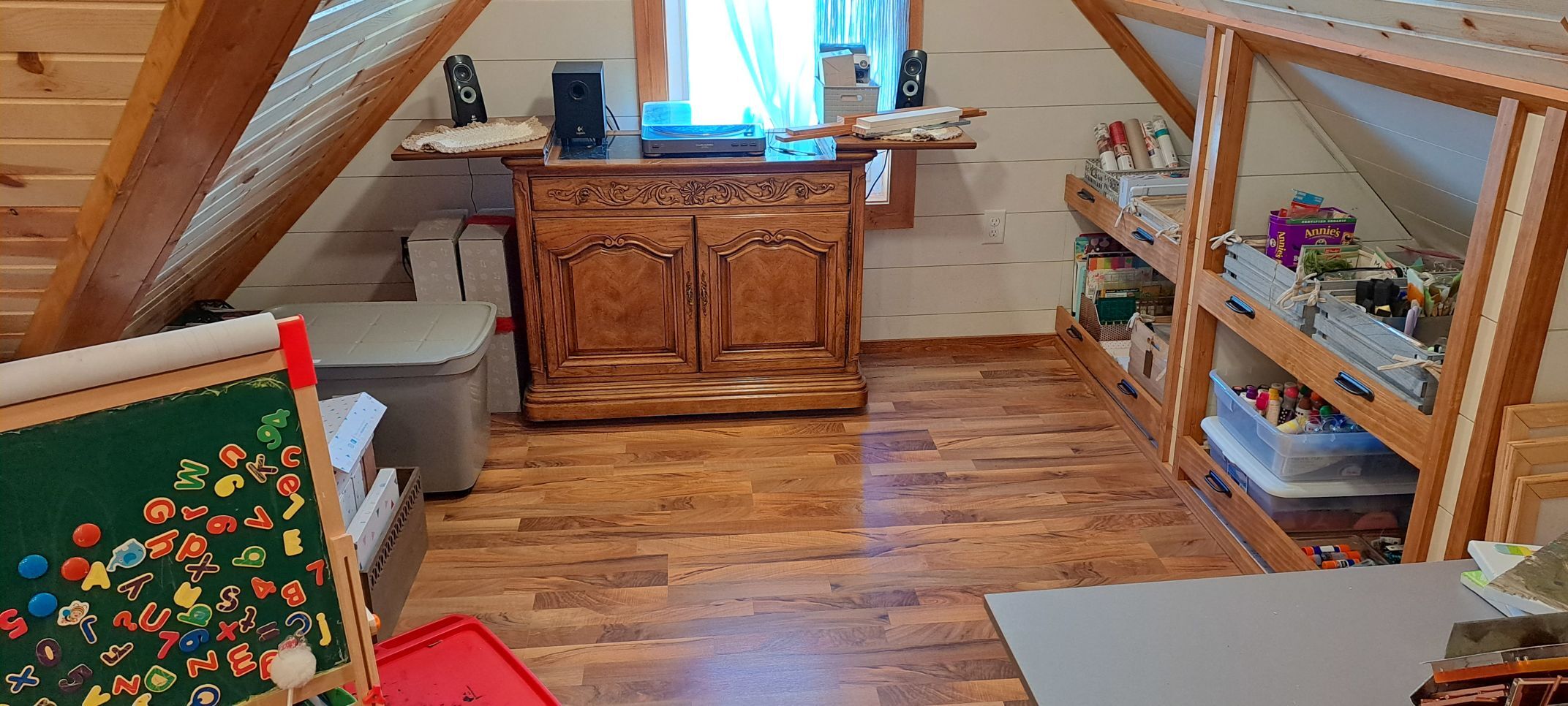Downsizing.
Every person at every age has an instinctive reaction to what organizing and downsizing means. Where and how to start, personal impact, as well as possible ramifications from others are all scenarios buzzing around our heads when contemplating a project.
For some, the idea of making any decisions halts action.
I believe this reaction is based on our upbringing, influence and past experience of downsizing.
“If you don’t pick it up, its going in the garbage” is the first and most common intimidation associated with our stuff.
Since the holiday season is right around the corner, I’ll highlight the general topic of kids and their toys.
A typical parent would think, “Yes, my kid(s) and all their toys.”
Parent easily forget to acknowledge their influence and how they approach downsizing.
I’ve assisted clients with children’s collections. More often than not, it’s the parents, not the kids, who struggle with downsizing and letting go.
The easiest way to maintain your possessions is to downsize daily. That is, train your brain to scan your space for items that are unused or making your daily routine a challenge.
It’s easy to associate downsizing as low priority, but in reality, downsizing should be at the top of our list to encourage long-term success and avoid all-at-once situations.
Maintaining toys easily is overlooked, and before you know it, the piles, bins, baskets, boxes and overwhelmingly consumed floor space has taken over the house … and basement … and garage.
Downsizing large boxes to bags and correctly sized bins is an easy way to start. You would be surprised by the amount of space packaging consumes.
Christmas (as well as birthdays, seasonal events and days that end in “y”) are a sure bet more toys will be making their way into your home.
Change your focus, and embrace the habit of daily downsizing. This doesn’t mean you need to downsize and remove items every day, but become more aware of your surroundings and the stuff in it. Removing things, here and there, will have a huge impact. My dad always told me, “Never leave a room empty handed.”
It’s the things we don’t use on a regular basis that blend into the walls or lives in the piles we’ve learned to maneuver.
Your new outlook and practice will translate into how your kids view their possessions. They know, as well as you, what their favorite toys are, as well as what toys only hold their interest for minutes, if not seconds.
When working with kids one-on-one, I’m always amazed at how many children are specific of what they use and what they don’t. It’s typically, the parents who insist on keeping things. The “what if,” “it cost money”, “I want them to love it,” “maybe someday” or simple, “I don’t want to make a decision” holds everyone back.
It comes down to whose possessions we are talking about. It’s possible your hand-me-downs are part of the equation and hold sentimental value. Just because something had meaning for you, does not mean it will for the next generation. Ask the simple question, “Do I use it now?”
Here’s how to get started:
• Factor out age-specific toys.
• Remove broken, worn-out items.
• Categorize like items, and remove unused duplicates.
• Once you have pulled items, create a plan for where items will go.
• If you have keepsakes, create long-term storage with plastic (clear) bins.
• Discard cardboard boxes, as they are great for shipping but not for storage.
Organizing and downsizing is a group effort.
Starting within my five “Principles of Organization” might help:
Role
What is the role of the space? We need toy storage and a play area.
Space
What space are you designating for toys? Bedroom, toy room, basement.
Stuff
Toys. This is where having categories of like items comes in handy.
Accessibility
How easily can kids get to and find their toys? Some kids will tear everything apart looking for something, while others will not make an effort. What is the point of having something if you can’t get to it?
Flexibility
We outgrow toys. Downsizing and rearranging is required to use and store toys. A flexible mindset is required if we have stuff.
With seven weeks until Christmas, now is the perfect time to downsize and plan for what’s to come.
Jessi Bushman is a professional organizer, member of the Iowa Professional Organizers Association and owner of Organizer Jessi in Dubuque. Visit her at organizerjessi.com or on Facebook at OrganizerJessi. You also can email her at organizerjessi@gmail.com.

